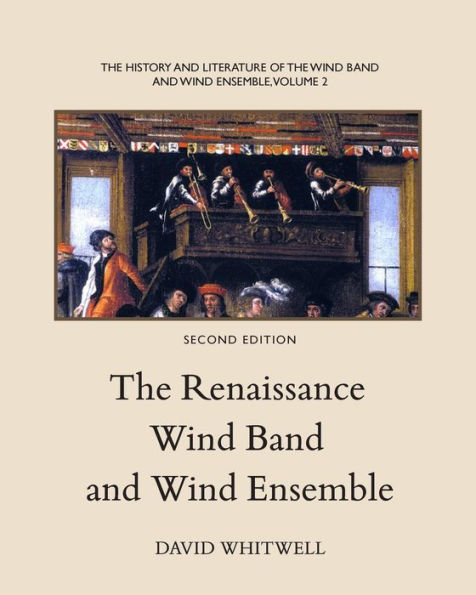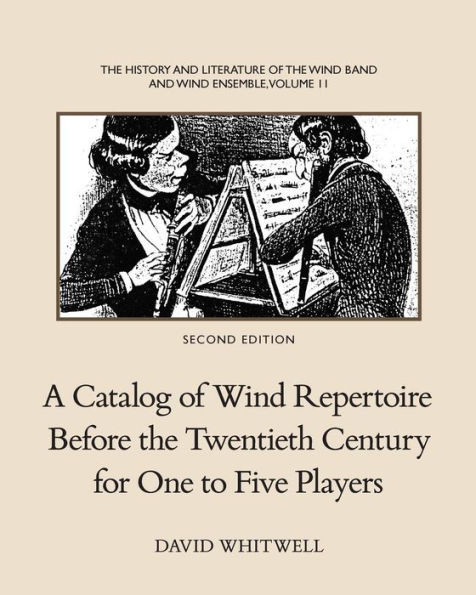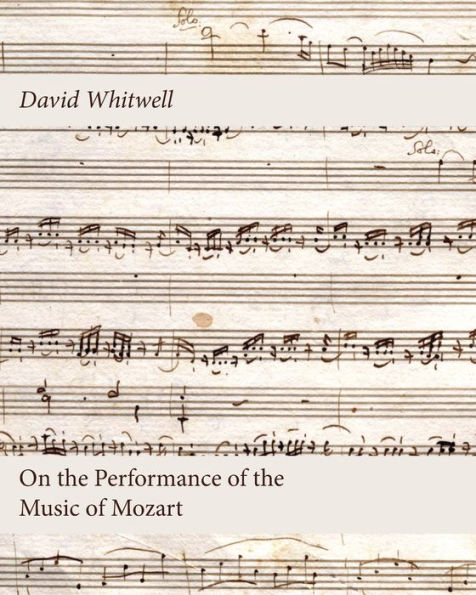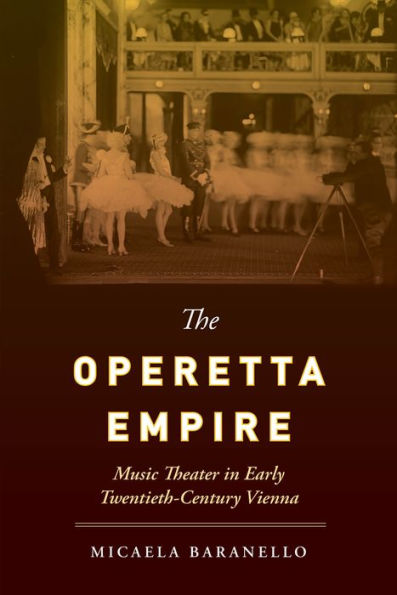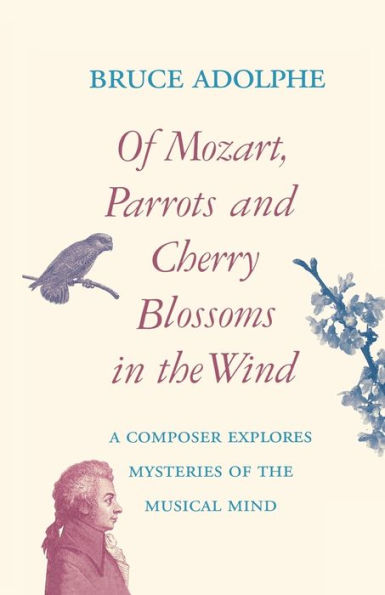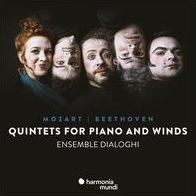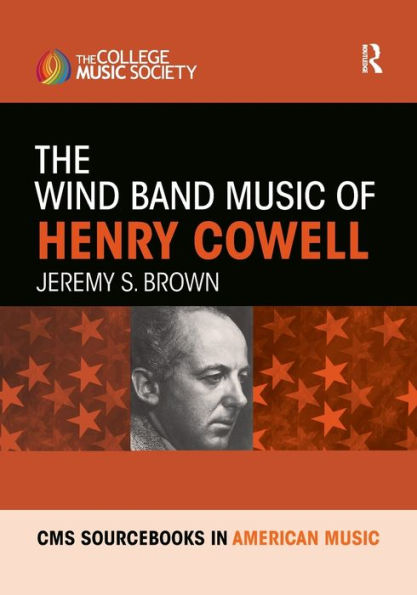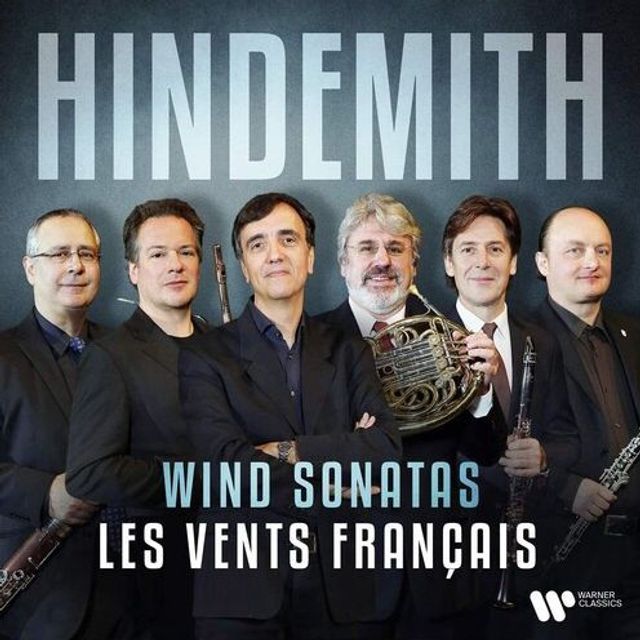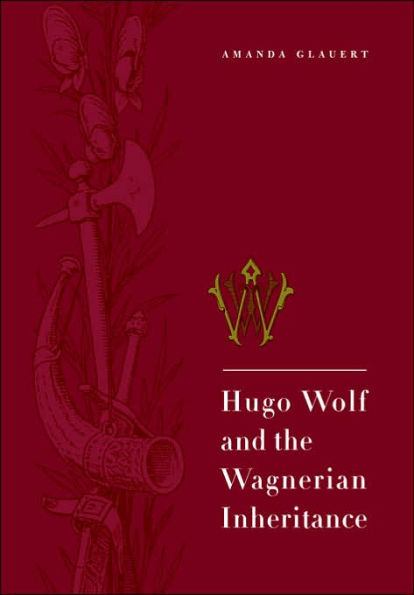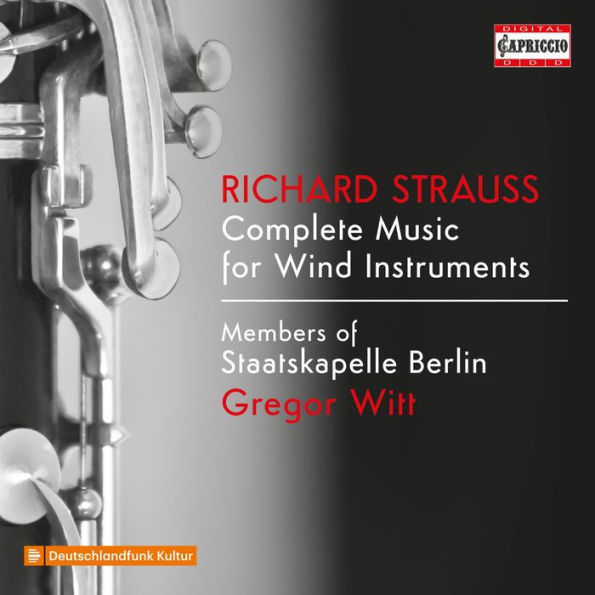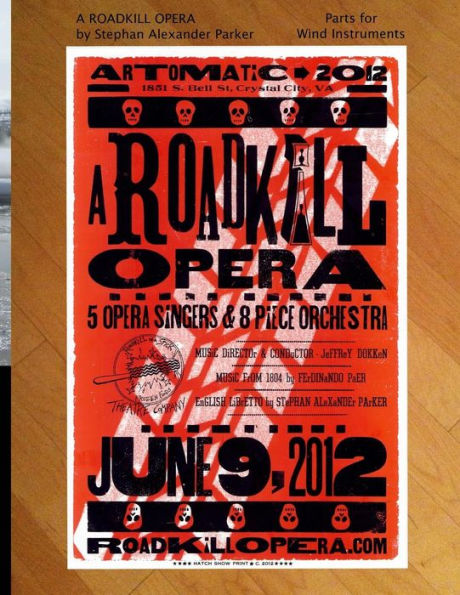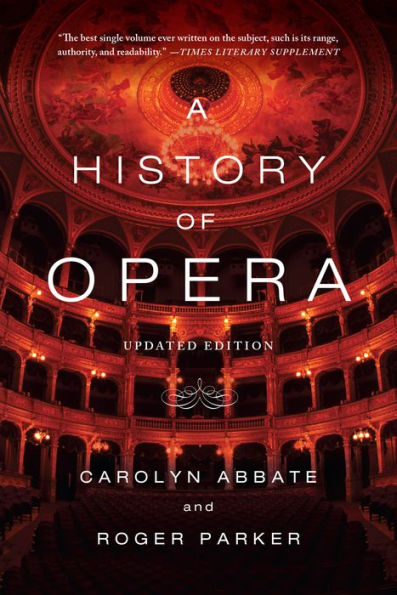Home
The Wind Band in Mozart's Operas - Origins, Function, and Legacy


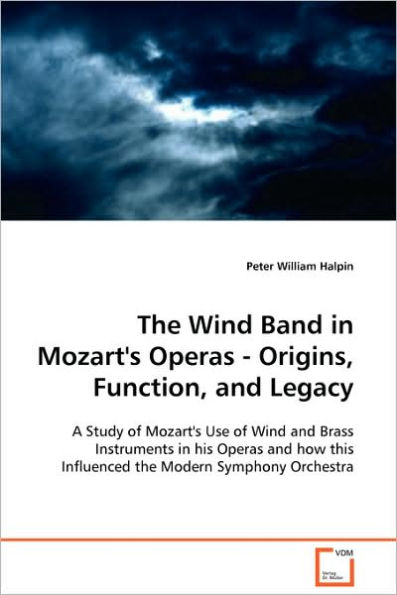
The Wind Band in Mozart's Operas - Origins, Function, and Legacy
Current price: $73.44
Loading Inventory...
Size: OS
This book investigates the use of wind instruments in Mozart's operas. Where are the origins of Mozart's "wind band"? What are the innovative ways in which he uses wind instruments? Why did he employ such full orchestral forces in his later operas and not in his symphonies and concertos? What was the legacy prompted by Mozart's use of wind instruments and how did his innovations influence the next generation of composers? The genesis of the classical symphony orchestra is to be found in the Viennese and Bohemian wind bands of the time, combined with the Italian style opera orchestra. This is nowhere more apparent than in the stage works of Mozart. It is Mozart, by virtue of the fact that he was a composer of symphonies, concertos and operas, who was at the forefront of this development. The origins of the "high-Classical" orchestra are to be found, more than anywhere else, in Mozart's mature operas. The synthesis of German symphonic style and the more string dominated Italian operatic style is at the core of this development, and the Viennese and Bohemian fondness for wind instruments was a key factor in this evolution.
